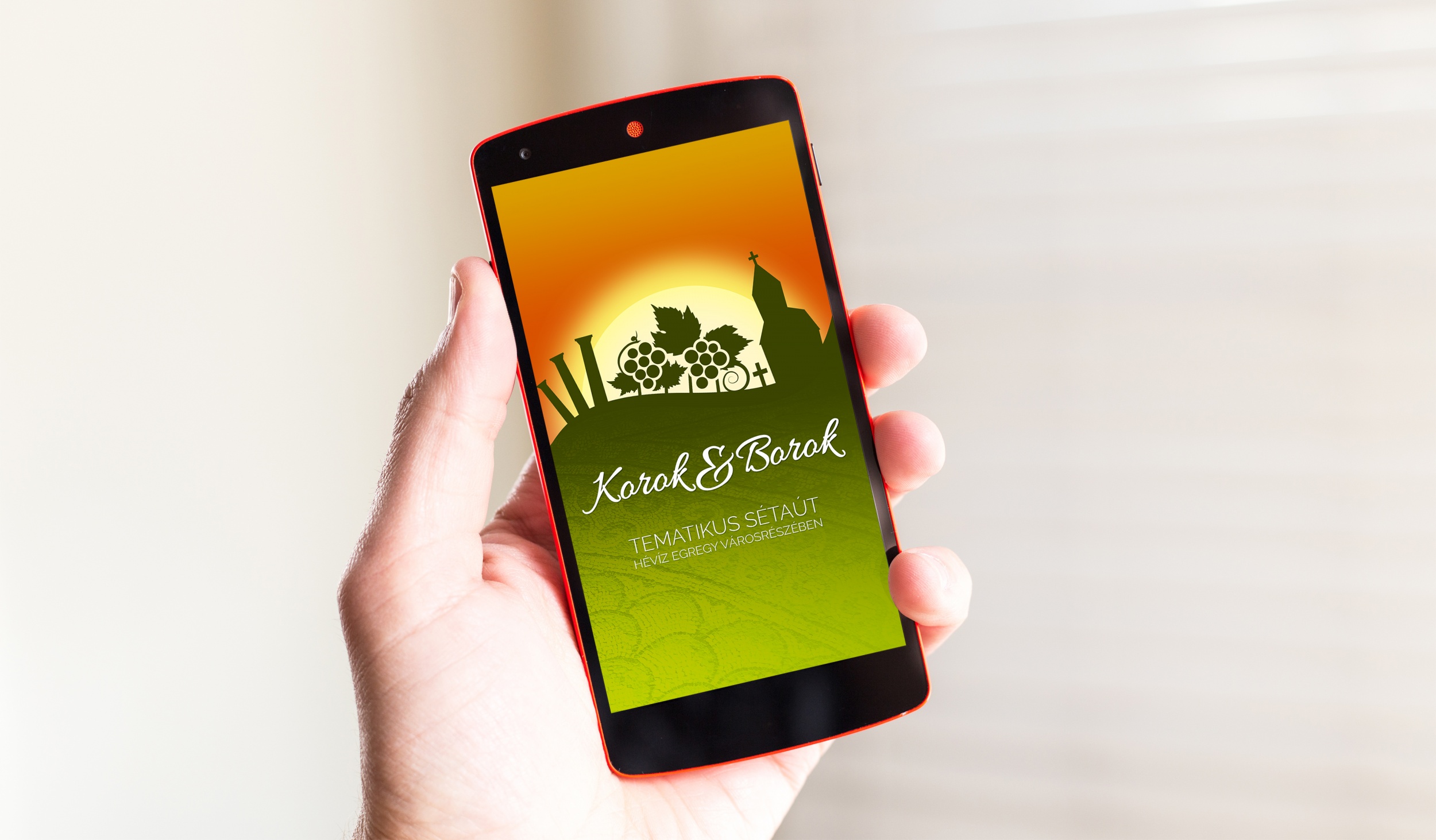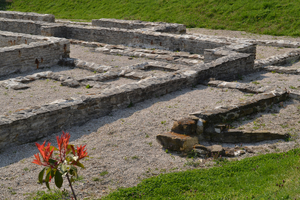 At the district of Egregy the ground covers the ruins of one of the most important settlements in the region from the Principate era which was inhabited from the first half of the 1st century until the beginning of the 5th century.
At the district of Egregy the ground covers the ruins of one of the most important settlements in the region from the Principate era which was inhabited from the first half of the 1st century until the beginning of the 5th century.
The villa rustica
According to the archaeological findings Hévíz and its surroundings were densely populated. At the district of Egregy the ground covers the ruins of one of the most important settlements in the region from the Principate era which was inhabited from the first half of the 1st century until the beginning of the 5th century.
One of the most important relic of the surrounding around Balaton is the stone building excavated in Egregy district dated to the early Principate and which was possibly the residential building of the villa-farm (villa urbana). The almost 1000 square meter villa was built in around 100 DC and has a colonnade, spa pools with warm, semi warm and cold water and which subsisted until the 5th century and was rebuilt several times.
West to the above residential building the ruins of the economic buildings were found which possibly formed a common group. The mentioned remains testify that the Romans fitted their villas and buildings masterfully into the Pannon landscape. Imaging the huge villa and other building still waiting for excavation the contemplator can put himself/herself into the 2000 year old predecessor of the town today while the former one was not only imposing by its floor plan measures but also in the details of the work carried out. The villa of Egregy and the relics found in other parts of Hévíz – the Jupiter altar stone found near the lake and the coins from the early Principate era brought up by divers – demonstrate that the settlement of the Romans was also driven by the healing “wonder lake”.
The excavated and introduced part of the villa-farm that consisted of several buildings was rebuilt during the use many times. The “restoration” of the ruins took part for the first time in 2003. During the restoration the aim was also to present the four architectural periods appearing as a result of the excavation. Since that the excavated parts started to spoil and the ruin was in its former shape on the way to fall apart and for that reason a repeated restoration was needed which took part in 2011.
The villa through the centuries
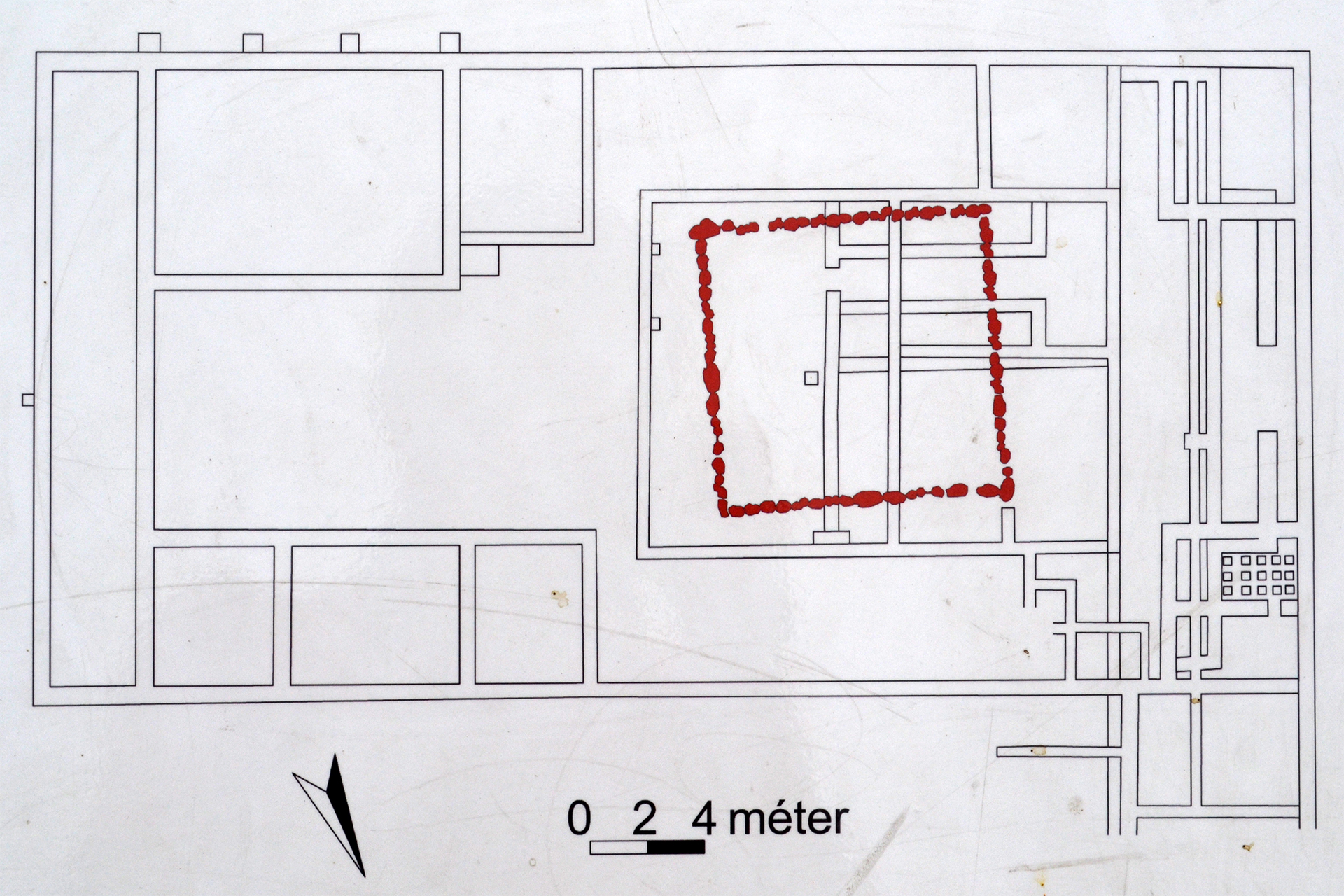
:: Half-timbered house period, I. century A.D.
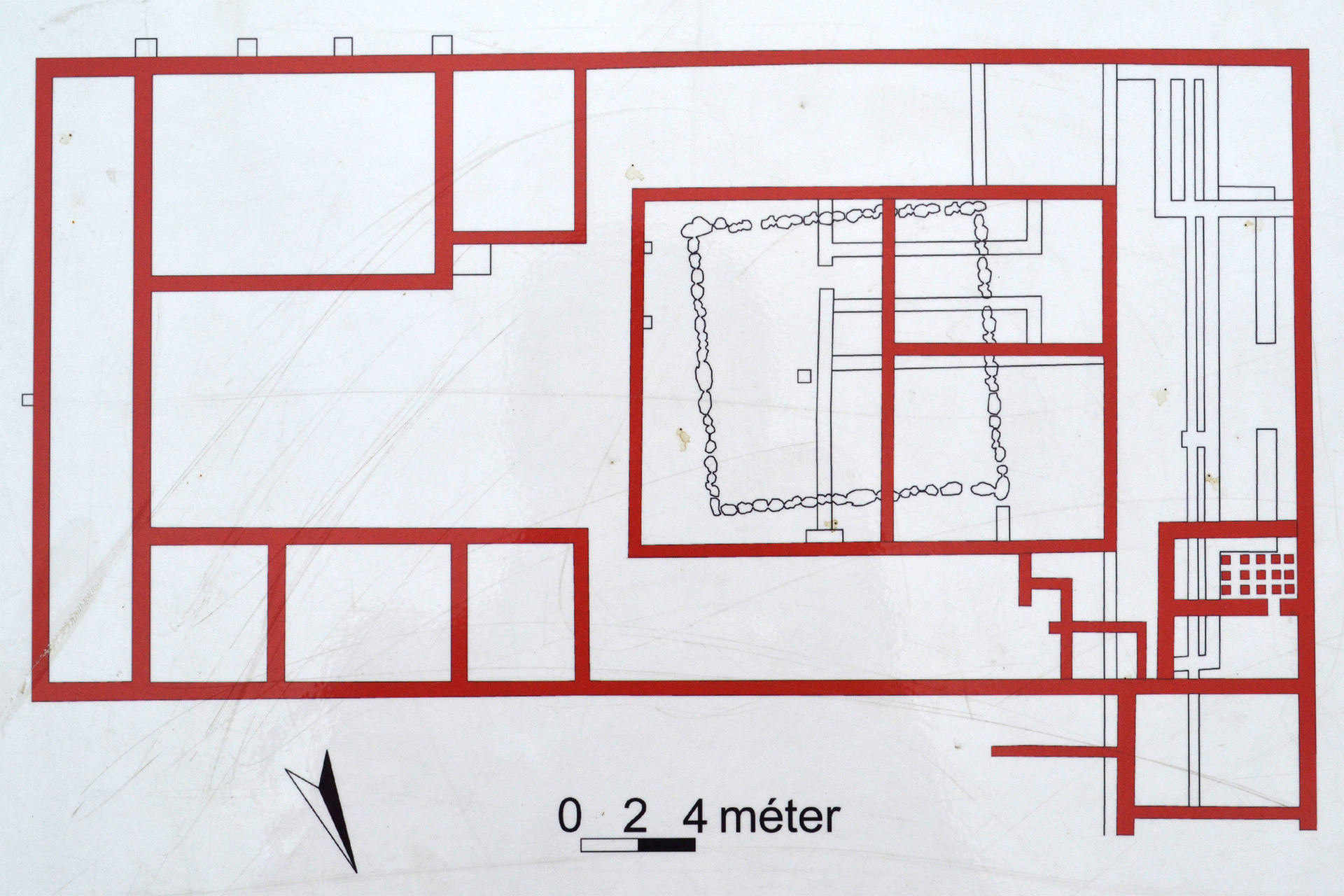
:: 1st stone period, II. century A.D.
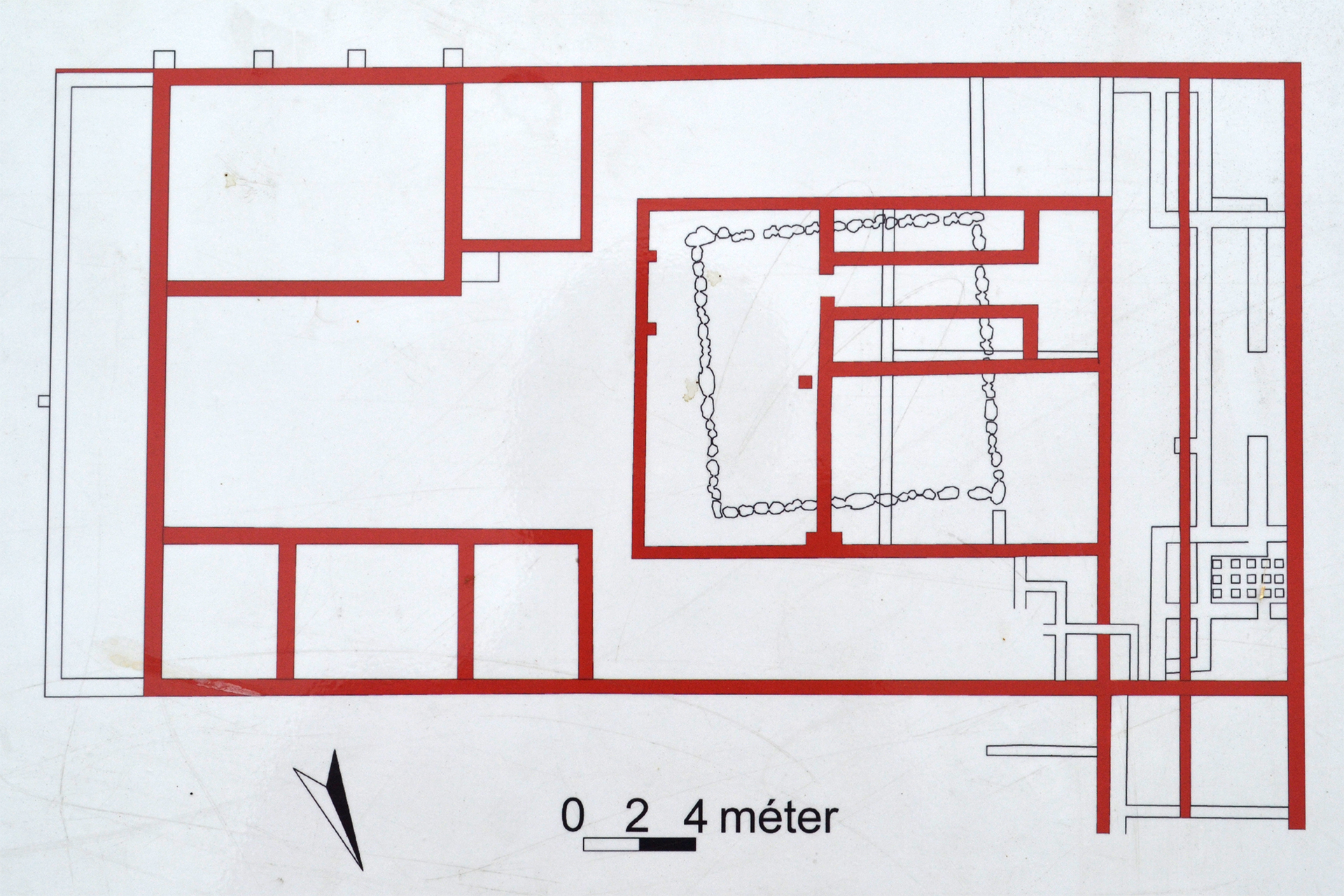
:: 2nd stone period, III. century A.D.
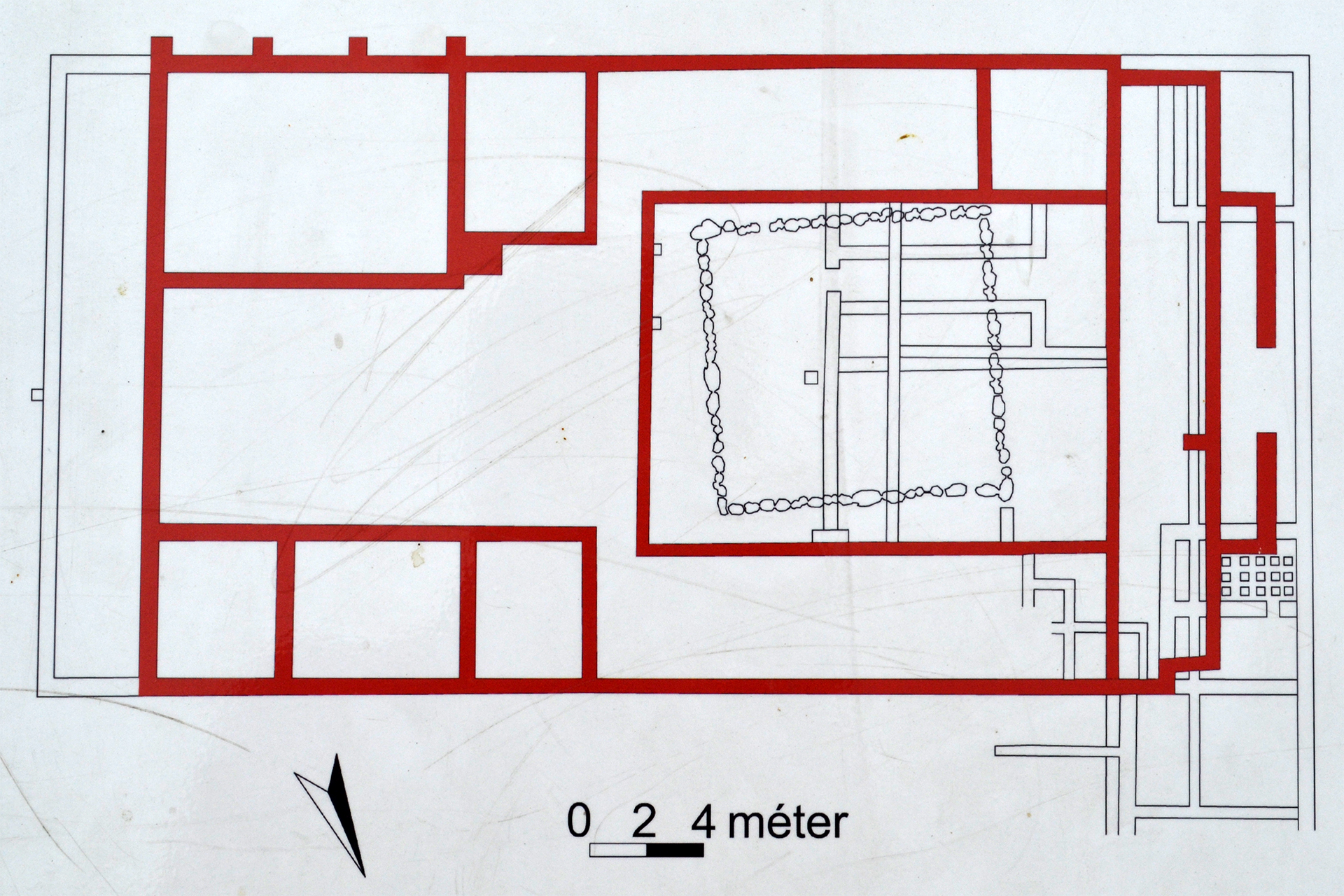
:: 3rd stone period, IV. century A.D.
Roman ruins - audio material
You can listen to the audio material on this page, or save it to your hard drive or device from the 'Downloads' section via download in MP3 format.




















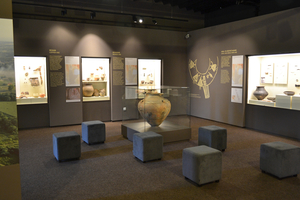
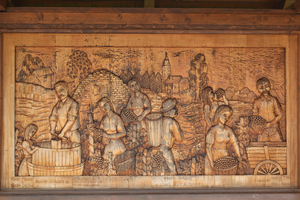
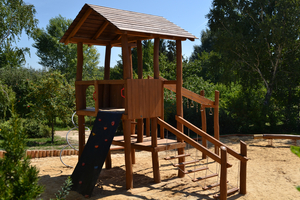
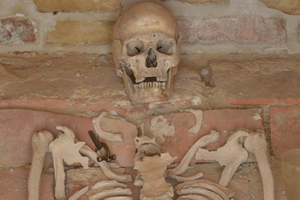
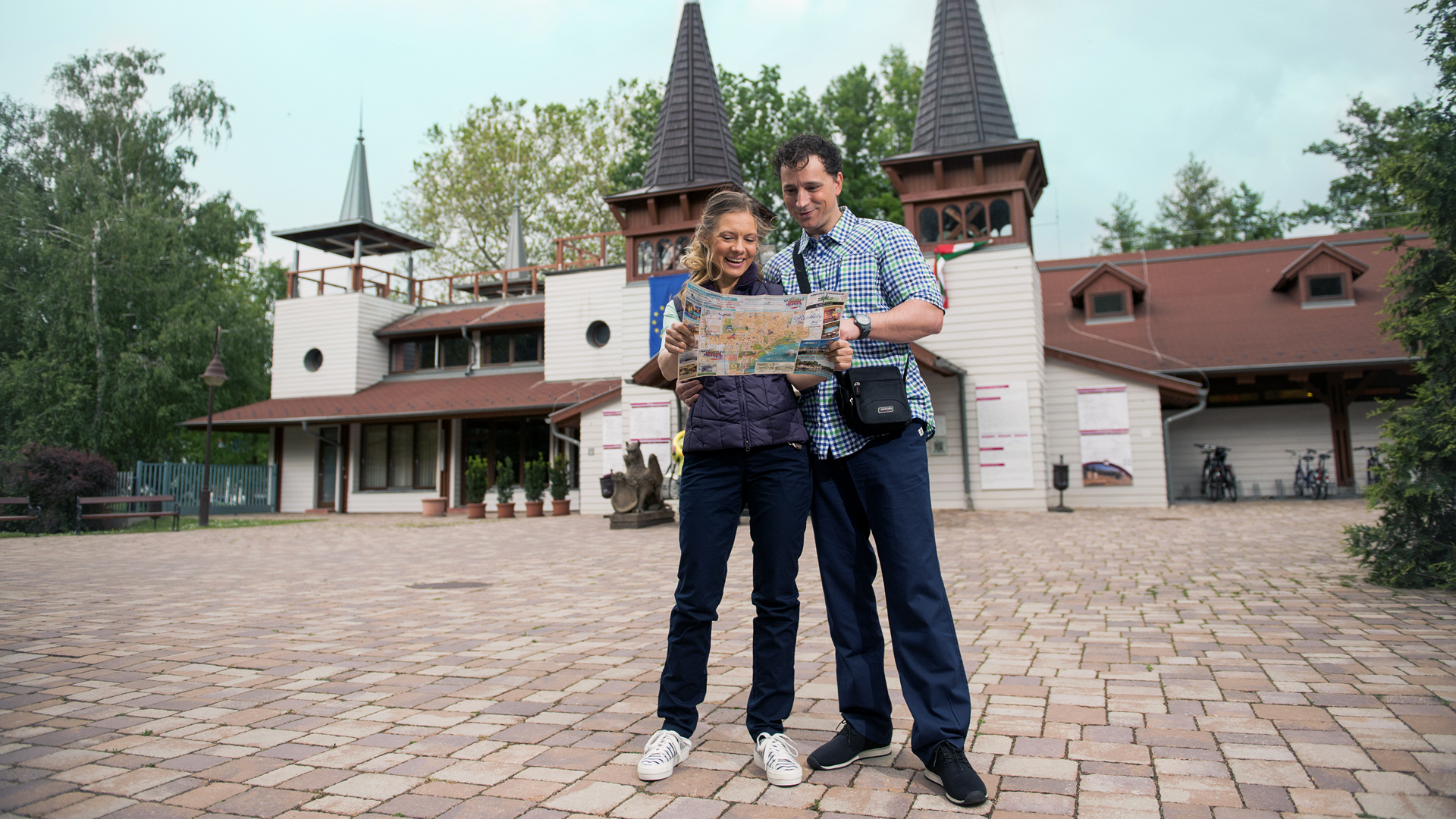
.jpg)
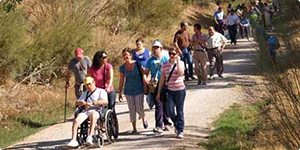
.jpg)

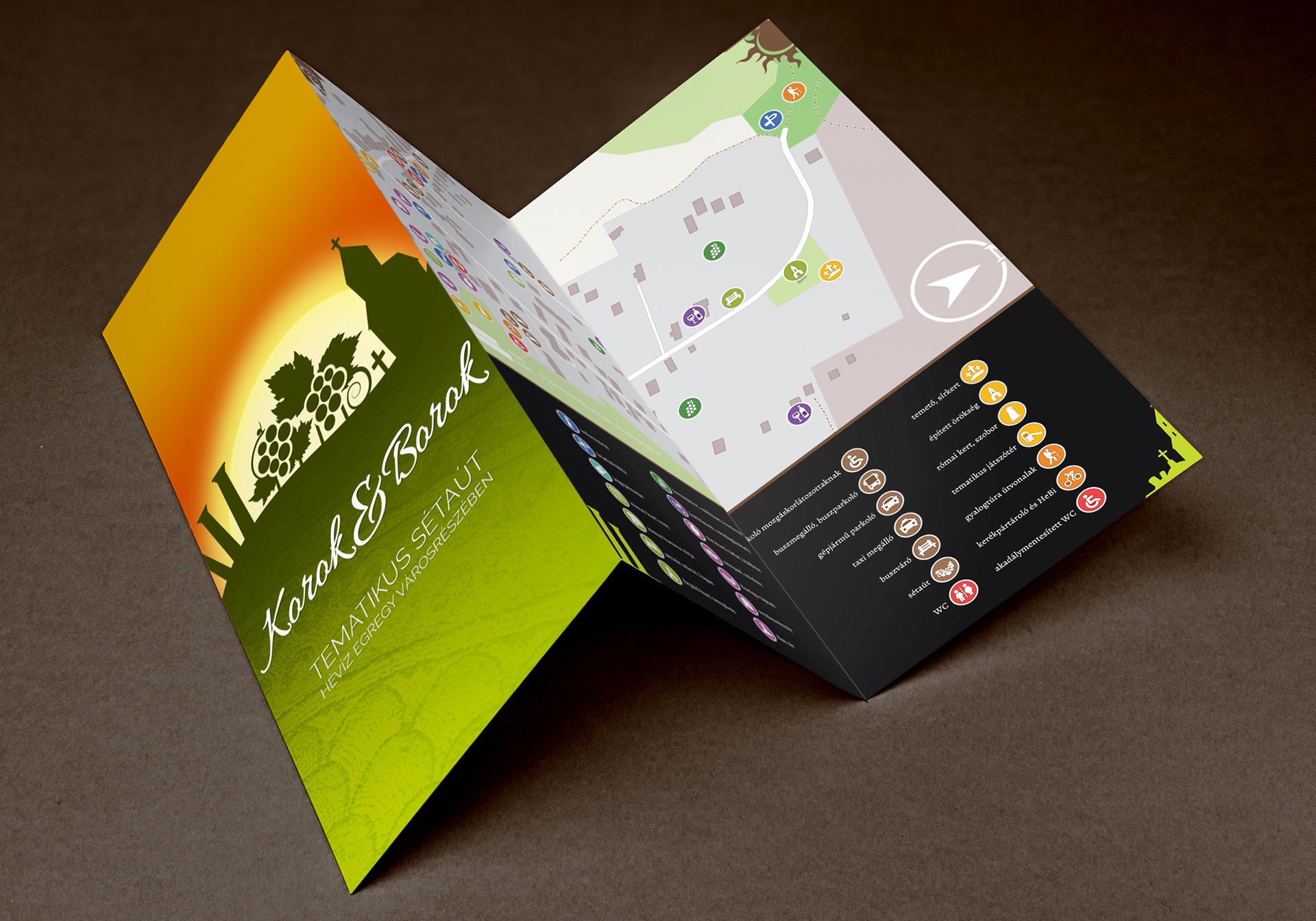
 Roman ruins
Roman ruins Grave of the roman soldier
Grave of the roman soldier Walking path stations
Walking path stations Church from the Árpád era
Church from the Árpád era Winery, wine cellar
Winery, wine cellar Wine bar, tavern
Wine bar, tavern Presentation building, exhibition
Presentation building, exhibition Event are
Event are Stage, theater
Stage, theater
 Parade square
Parade square Kneipp Stepstones
Kneipp Stepstones Ticket office & gift shop
Ticket office & gift shop Information
Information
 Signs
Signs Cab parking
Cab parking Car parking spaces
Car parking spaces Bus station, minibus parking
Bus station, minibus parking Parking spaces for the disabled
Parking spaces for the disabled
 Rest area
Rest area Walking path
Walking path Bicycle storage & HeBi
Bicycle storage & HeBi Walking routes
Walking routes Thematic playground
Thematic playground Roman garden & statue
Roman garden & statue Architectural heritage
Architectural heritage Cemetery, graveyard
Cemetery, graveyard Rest rooms
Rest rooms
 Rest room for the disabled
Rest room for the disabled



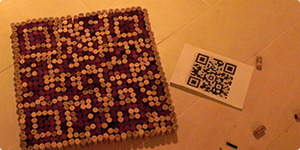
.jpg)
